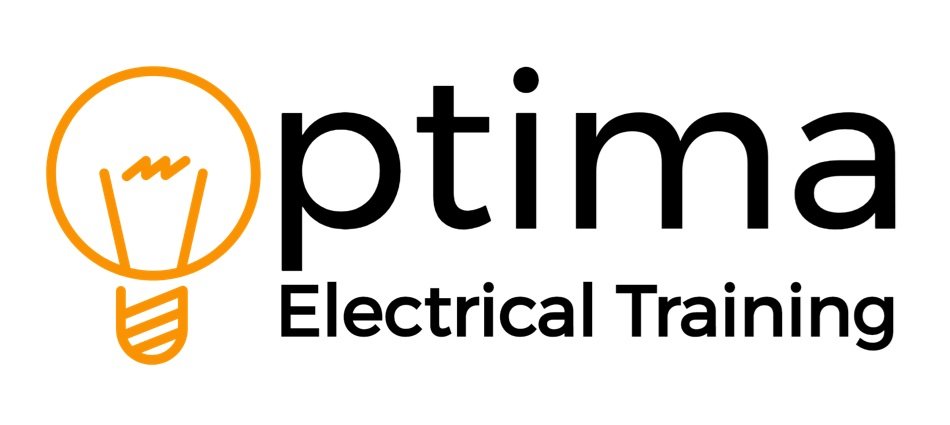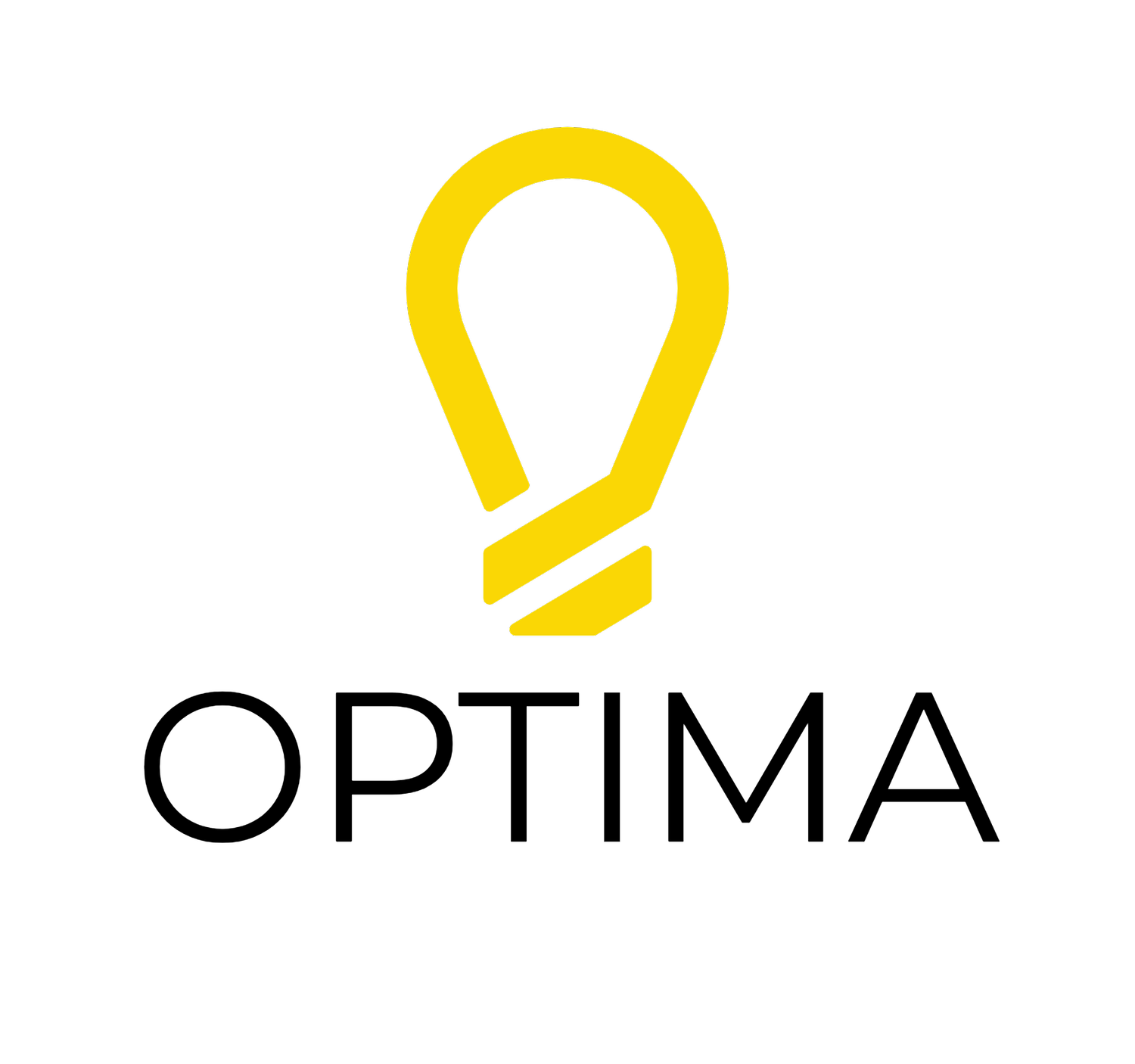UK's first wind and solar-powered mobile phone mast to provide coverage for remote ‘not-spots’
Vodafone has turned on the UK's first self-powered mobile phone mast to explore if it can help the corporation provide coverage in rural regions while also lowering its carbon footprint.
The mast, which is equipped with solar panels and a wind turbine to capture renewable energy from the sun and wind, is meant to operate independently of the electricity grid, allowing it to reach locations where mobile service providers have previously found it difficult to reach.
The two-year study, which is taking place in the Welsh community of Eglwyswrw, aims to "ensure we can supply electricity to this site for the majority of the time," according to Suki Gilliland, Vodafone UK's Senior Energy Manager.
Vodafone has turned on the UK's first self-powered mobile phone mast to explore if it can help the corporation provide coverage in rural regions while also lowering its carbon footprint.
The mast, which is equipped with solar panels and a wind turbine to capture renewable energy from the sun and wind, is meant to operate independently of the electricity grid, allowing it to reach locations where mobile service providers have previously found it difficult to reach.
The two-year study, which is taking place in the Welsh community of Eglwyswrw, aims to "ensure we can supply electricity to this site for the majority of the time," according to Suki Gilliland, Vodafone UK's Senior Energy Manager.
However, it will first be powered by the turbine, and when there is no wind power, a battery charged with excess power will take over.
Getting to net zero
These masts, according to the business, will aid in reducing carbon emissions and achieving its goal of net-zero UK operations by 2027.
Vodafone hasn't said how many self-powered masts it expects to build if the test is a success, but it claims it might be part of the solution for getting coverage throughout 95% of the UK landmass, which is a government and industry objective.
During the two-year study, the team will collect data and optimize the technology while identifying which places are best for the masts, given the wind requirements for powering them.
Similar trials have begun elsewhere across Europe, with Ericsson and Deutsche Telekom powering a 5G mobile site in Germany with wind and sun.
This is driven in part by rising electricity prices, but these businesses are also looking for ways to source reliable low-carbon energy for their energy-intensive operations.
"At present energy prices, our sector's energy expenses are around $25 billion (€24 billion), perhaps closer to $30 billion (€28.8 billion)," Mats Pellbäck Scharp, Ericsson's head of sustainability, told Reuters.
The 5-kilowatt wind turbine and solar modules, according to Ericsson, could hypothetically power the entire site of Dittenheim, which is located 193 kilometers north of Munich in the state of Bavaria.
Solar panels covering 12 square meters have been in operation for a year, supplying around 10% of the required electricity.





